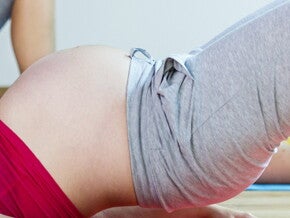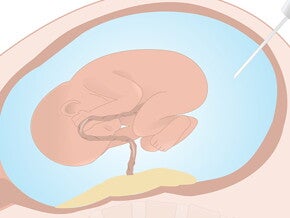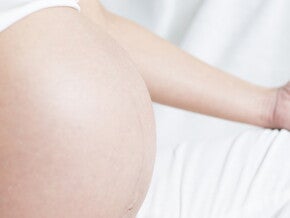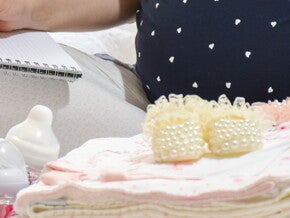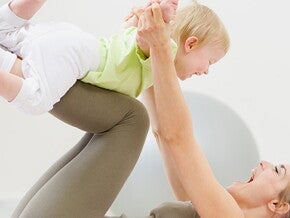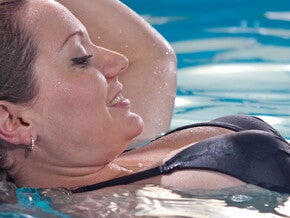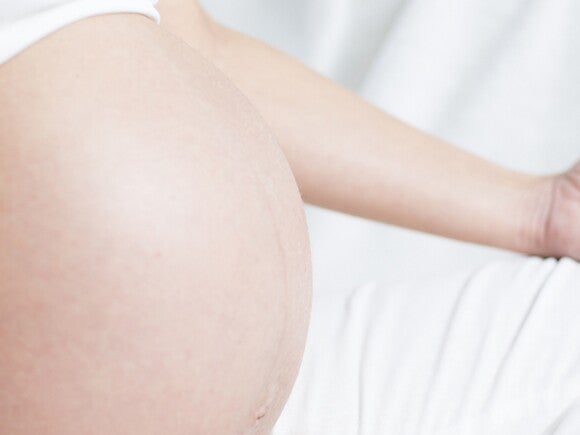
Keys to relaxation
Physical environment
Your environment should be conducive to relaxation. Realistically, however, labour wards can be very active and noisy. You need to be flexible and adapt to your circumstances.
Frame of mind
You must be positive and accept your situation in order to relax. One of the most difficult aspects of relaxation is controlling the effect your mind has on your body. Avoid negative thoughts and images, which block relaxation. Positive, peaceful, happy thoughts and images can significantly decrease body tension and are powerful relaxation tools.
Body awareness
Body awareness is a requirement for learning to relax. You need to recognise this and let go of tension. Muscle tensing and relaxing exercises enable you to feel the difference between soft, relaxed muscles and hard tense muscles.
It is useful to practice with your partner so that he, too, can recognise your tension and help you relax appropriately.
Breathing awareness
Under stress, your tension increases, as does your rate of breathing. When relaxed, your breathing slows down as you release muscle and mental tension.
Body comfort
Comfortable body positions are essential when trying to relax. Begin practising relaxation by lying on either side or semi-sitting, using pillows or a ball to fully support your body.
- Keep all joints flexed, as this relieves tension.
- Once you have mastered relaxing in these positions, practice in different positions.
During a normal labour it seems instinctive for a woman to want to move around, changing position from time to time. Your position should be determined by what is most comfortable for you. No matter what position you use, try to remain as relaxed as possible to conserve as much energy as you can.
| Positions for the first stage of labour | ||||||||||||||||||||||||
|
 | Semi-sitting
Alternative positions
|








